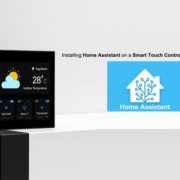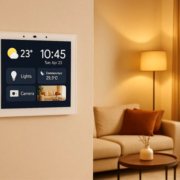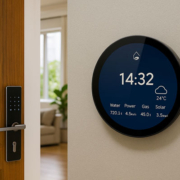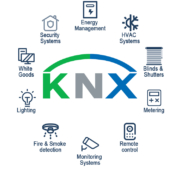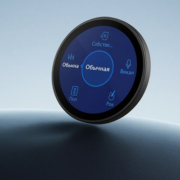What Is Smart Home Automation?
In the age of digital transformation, the term “smart home automation” has become increasingly common — but what does it actually mean? For homeowners, developers, and integrators, understanding smart home automation is the first step toward building spaces that are not only connected but also intelligent.
Definition of Smart Home Automation
Smart home automation refers to the technology that allows household systems and devices — such as lighting, heating, security, and entertainment — to be automatically controlled and monitored through an internet-connected system. These devices can be programmed to operate based on schedules, environmental conditions, or user preferences, often without any manual input.
In simple terms:
Your home becomes smart enough to think, respond, and act — for your comfort, convenience, and security.
How Does Smart Home Automation Work?
Smart home automation is built upon the Internet of Things (IoT). Devices are equipped with sensors, processors, and wireless connectivity. These devices communicate with each other and with central hubs or control panels, often through platforms like:
- Wi-Fi, Zigbee, or Bluetooth
- Cloud-based mobile apps
- Voice assistants like Alexa, Google Assistant, or Siri
- Smart home control panels, such as Portworld’s Android/Linux-based interfaces
Automation can be triggered by:
- Scheduled routines (e.g., lights off at 10 PM)
- Sensor input (e.g., motion detected, temperature change)
- User commands via app or voice
- Location-based rules (e.g., geofencing when you leave home)
Key Features of Smart Home Automation
- Remote Control
- Manage your devices from anywhere using a smartphone, tablet, or wall-mounted control panel.
- Scheduled Automation
- Set devices to follow routines — like dimming the lights or starting the coffee machine at a specific time.
- Voice Activation
- Use voice assistants to control lights, music, climate, and more with simple verbal commands.
- Energy Efficiency
- Automatically turn off lights or adjust thermostats based on occupancy or time of day, reducing energy waste.
- Enhanced Security
- Integrate cameras, door locks, alarms, and sensors to get real-time alerts and full visibility from any location.
Benefits of Smart Home Automation
- Convenience: No more manually adjusting devices
- Comfort: Your environment adapts to your lifestyle
- Safety: Real-time monitoring and alerting
- Efficiency: Reduce energy bills with smart control
- Customization: Automate based on your habits and routines
Portworld’s Role in Smart Home Automation
At the heart of every smart home is an intuitive interface — and that’s where Portworld’s smart control panels come in.
Our flagship products like the YC-SM41P (4-inch) and YC-SM50P (5-inch) smart home control panels are designed to centralize and simplify control in homes, hotels, and offices. Key features include:
- Android/Linux OS with open SDK support
- Multi-protocol compatibility (Zigbee, Wi-Fi, Bluetooth)
- Integration with lighting, HVAC, security, and AV systems
- Real-time status display and touchscreen interaction
- Embedded wall installation for a clean, modern look
- Supports OEM/ODM customization and language localization
Whether you’re building a new smart home or retrofitting an existing one, Portworld provides scalable, flexible control solutions for seamless automation.


